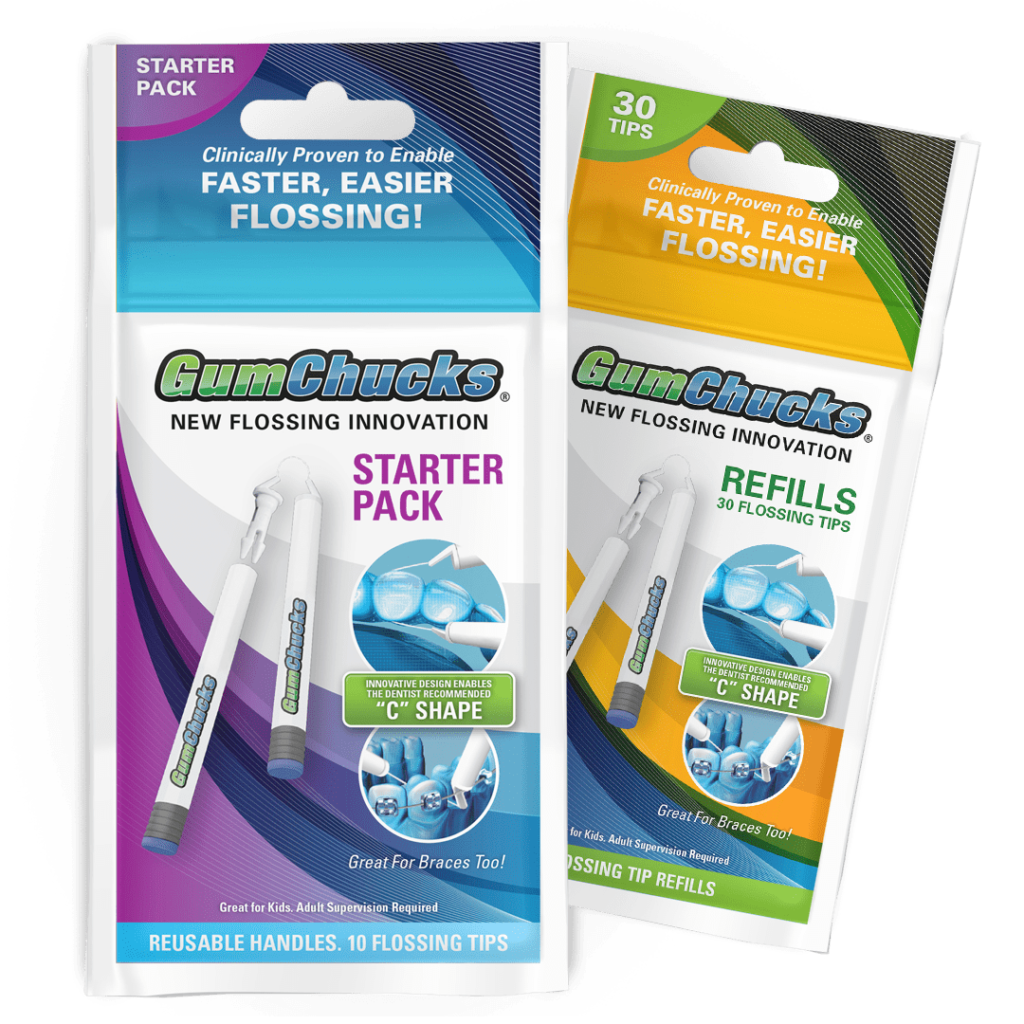Do you feel a rough jagged surface when running your tongue over a tooth? Or are you experiencing irritation or pain in the gum around one specific tooth? Does this pain increase when you bite down? If you can currently relate to one or all of these questions, then you unfortunately may have a chipped tooth. Below, we describe what lifestyle habits can increase the likelihood of chipping a tooth, and what you should do to fix this uncomfortable oral condition.
Methods to Prevent Chipped Teeth
Enamel is the outer white layer of your tooth and is mainly made of calcium phosphate. Being hard tissue, enamel is actually the strongest substance in your entire body. This tough layer allows your teeth to withstand the pressure of chewing and protects them from harmful bacteria. Cavities, sugary or acidic foods, acid reflux, and other forms of tooth decay can weaken or completely break down this enamel which leaves the surface of your teeth exposed. Additionally, enamel naturally weakens with age, which increases the likelihood of chipping a tooth.
To best prevent the possibility of sustaining a chipped tooth, it’s important to maintain healthy oral hygiene. Eating healthy, quitting to smoke, visiting your dentist regularly, as well as flossing & brushing twice a day are all steps you should be taking to best ensure your enamel stays tough. We recommend using GumChucks to effectively clean each tooth as its design creates the vital “C-Shape” necessary to get below the gum line. While enamel is incredibly tough, it does have its limits, especially for those with poor oral health. Susceptible teeth with minimal enamel can chip for various reasons, such as:
- Eating hard food.
- A fall on the chin.
- Tooth decay.
- Car collisions.
- Teeth grinding, or Bruxism.
- Contact sports.
How to Fix a Chipped Tooth
Once chipped, you tooth will not repair itself, and we advise you TO NOT attempt to fix your chipped tooth from home. When visiting your dental professional, repairing a chipped tooth can either be minimal or require extensive treatment. Depending on the placement and severity of the chip, your dentist may recommend one of the following options:
- Bonding: Bonding is a common and simple repair method for minimally chipped teeth. In this situation, your dentist will create a small molding composite of the chip and attach it to your tooth to a create a natural look. Over time, the bonding will set and can last for more than 10 years.
- Dental Veneer: This is usually the go-to method when fixing a chipped front tooth or any moderately damaged tooth. A veneer is a thin shell of tooth-colored resin or porcelain composite material that covers the whole front of your tooth. Veneers can last up to 20 years.
- Cap or Dental Crown: Dentist generally utilize this method if a large piece of tooth breaks off or if you have tooth decay. In severe cases, dentists will perform a root canal procedure on the affected tooth. Caps and crowns cover the top of your chipped tooth and, in the long run, prevent further damage, tooth decay, and pain.
Prevent Chipped Teeth with GumChucks
Flossing and brushing twice a day is essential to maintaining strong enamel. Flossing is the only way to remove plaque from between your teeth, flossing regularly also helps keep tartar out of hard-to-reach places. GumChucks’ design ensures a flossing experience that’s faster, easier, and more effective than competing flossers or traditional floss. Our two handles with disposable floss allows you to comfortably reach all your teeth, even those in the back while wrapping the floss around each tooth. This creates the vital “C-Shape” necessary to get below the gum line and effectively clean each tooth.

GUMCHUCKS MAKES FLOSSING FUN, FAST, AND EASY!
Click here to get started with GumChucks today!

0 Comments